In my last post, I talked about what you should look for in a good notebook for work, if you’re ready to step up from the random notebooks in the office stationery cupboard, or the old familiar Moleskine.
In this post, I’m going to compare five notebooks on paper (if you pardon the pun). In future posts, I’ll give an overview of the remaining four notebooks in my pile, and look in more detail at the experience of using each one.
To save putting in some huge unwieldy HTML table, or repeating myself in prose, here’s a link to a Google Sheet capturing the key specifications of each notebook.
Each of these notebooks has been purchased by me, with my own money — with the exception of the two notebooks from Say Nice Things that I’ll describe in the next post, which were provided to me directly by the manufacturer for review purposes.
Why have I picked these nine, out of the hundreds of designs available? For me, they’re a good mix of different approaches to notebook design. Some of them are “rare” and interesting. Many are from new manufacturers. But there are also a few that are very readily available from Amazon or your local stationery shop. I have generally only purchased notebooks that I want to use, so I admit to a bias toward dot grid paper and anything that I expect to be fountain pen friendly.
Dingbats Wildlife A5
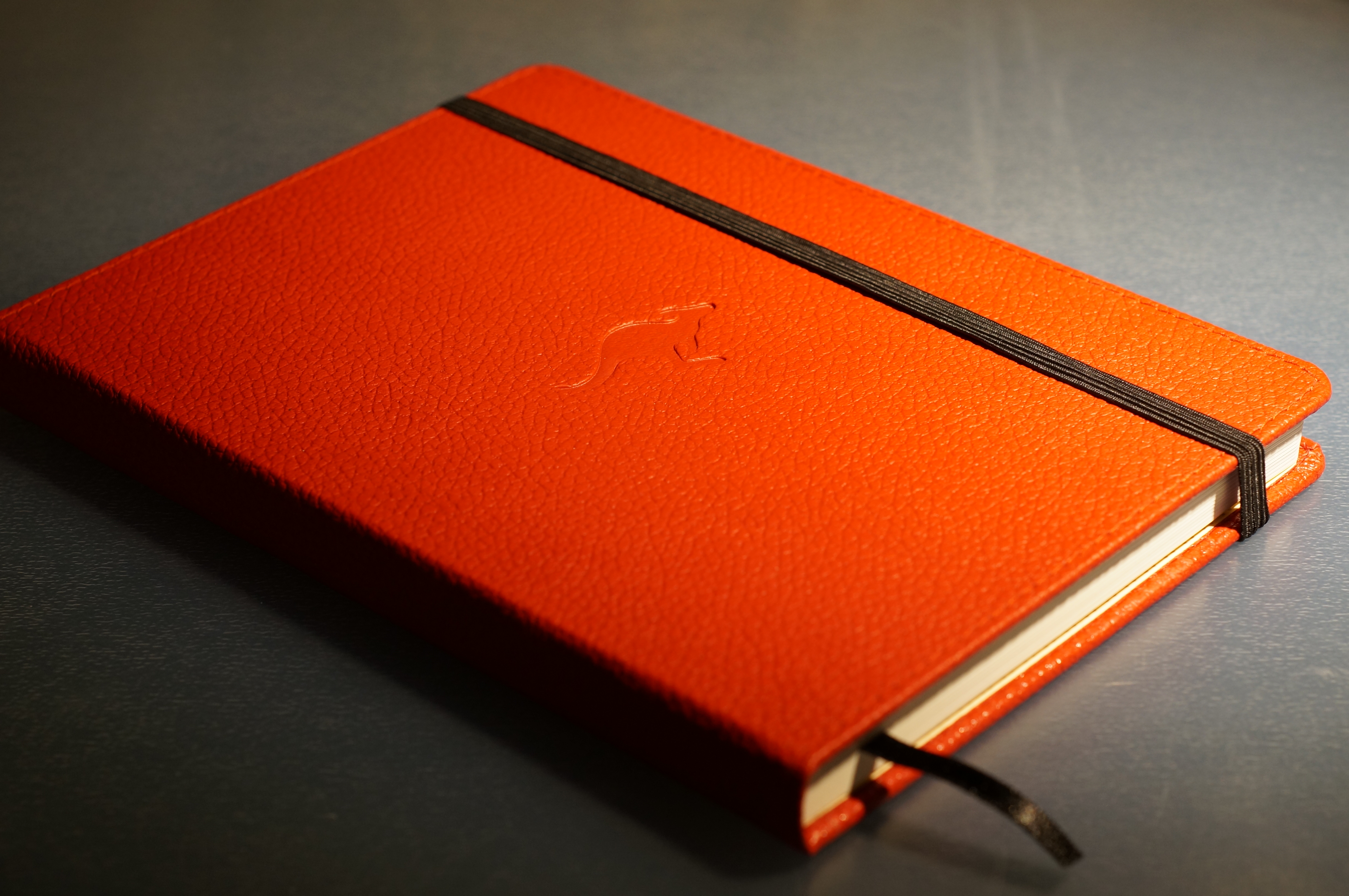
Dingbats is relatively new on the scene, yet has a long heritage in Lebanon. It offers several different notebook styles, and within the “Wildlife” range, offers sizes up to A4, and a number of different colours, both muted and bright, each with a debossed animal on the cover and paw prints throughout.
The notebook ticks a lot of boxes. It’s the only notebook here with a pen loop, and covers off most of the helpful features I listed in my last post: elastic closure, rear pocket, bookmark, rounded corners. The paper is heavy, cream, smooth with a generous dot grid, and the binding lays flat well. The big differentiator is that every one of its 192 pages is perforated. No page numbers, though.
Overall the Dingbats exudes quality. It’s big, the covers are thick and plush, the stitching is great. I’m really impressed.
Aside from occasionally selling out, the Dingbats notebooks are readily available (including at Amazon, now) and are competitive priced at £14.99.
Leuchtturm 1917 Medium Notebook
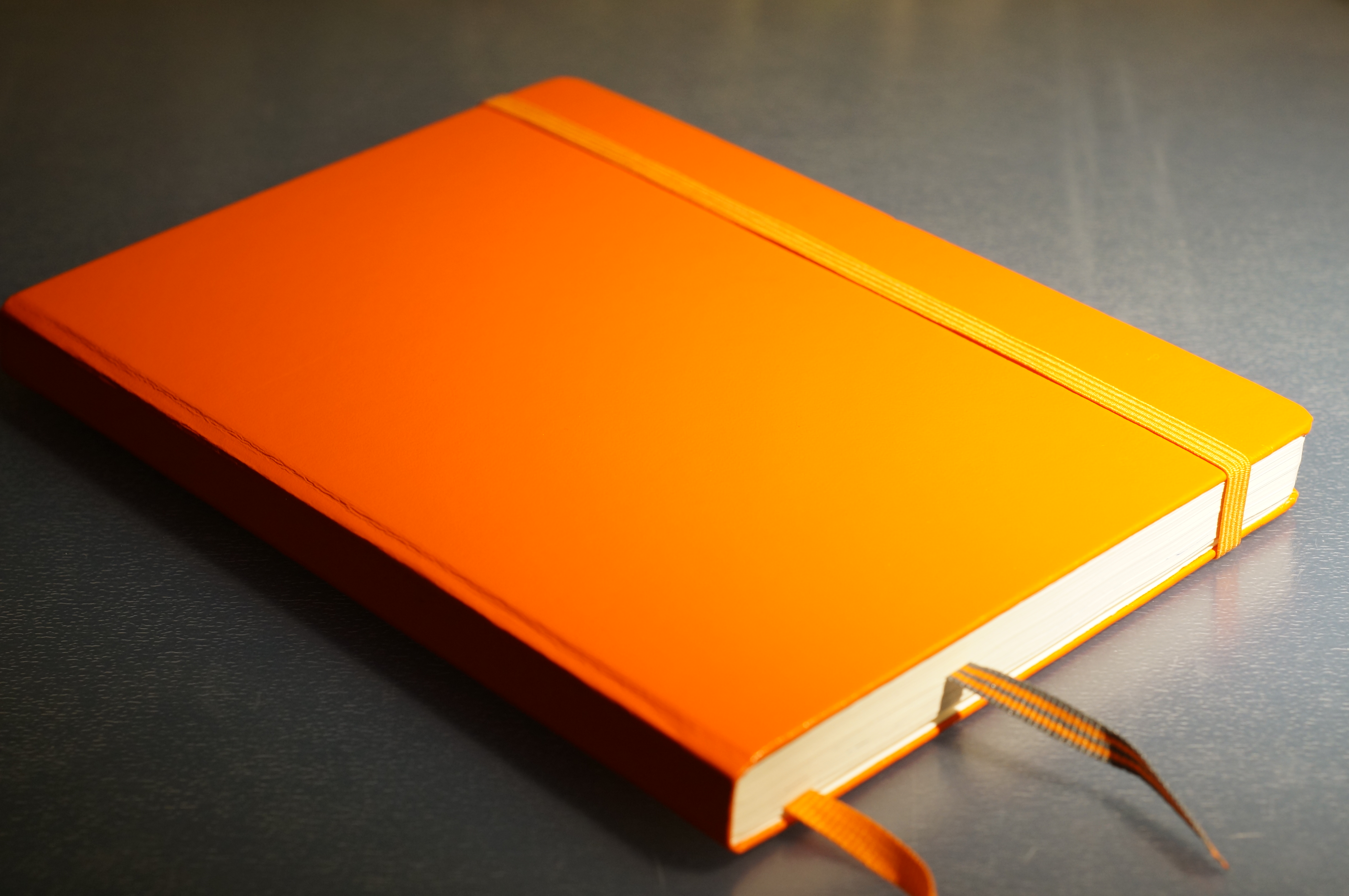
Confession: I’ve used about eight of these Leuchtturms over the years at work. They’re just fabulous notebooks where it counts.
The covers are not as fancy as some others — they have that simple board feeling of Moleskines. But they last. The page count is high, at 249, and you can buy them for about £12 from Amazon in loads of different colours, so they’re really good value.
I like the paper a lot, because it’s got more tooth than some other manufacturers, and it handles even the wettest pens well. Every page is numbered (with an accompanying index page), and there are two bookmarks, which makes the Leuchtturms very handy for busy people.
Leuchtturm checks most of the other boxes, too, with a pocket and elastic closure, but there are no perforated pages.
Rhodia Rhodiarama soft
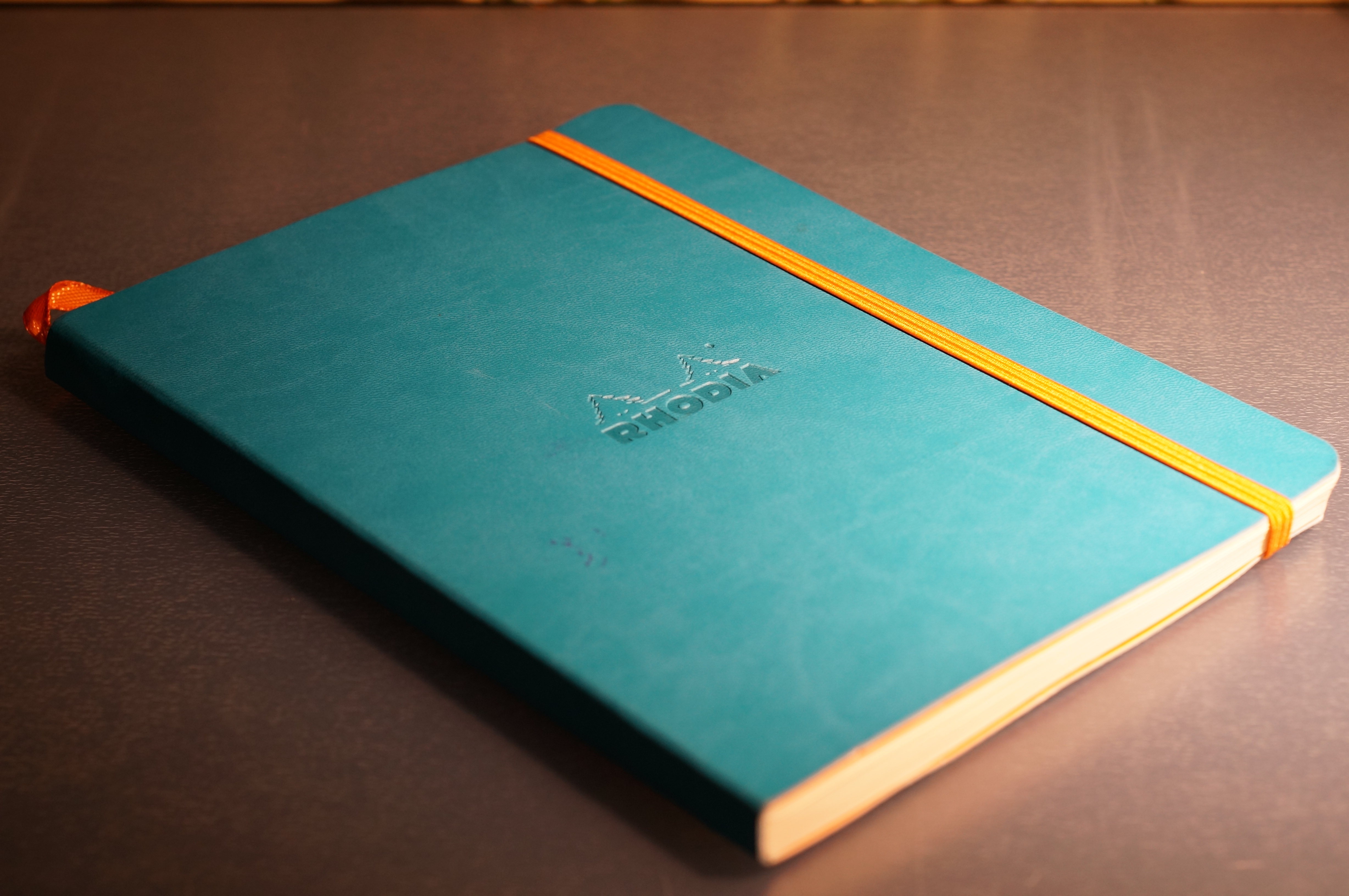
This is an easy notebook to like. The leatherette covers are thin and flexible, meaning it carries well, which is also helped by the slightly lower page count (160). The colours are playful, too — mine’s a vibrant turquoise with orange bookmark and elastic.
I like the creamy, smooth paper a lot more than the crisp white of the Rhodia DotPad, and it handles fountain pens well, although I’ve noticed quite a lot of show-through, more than on the Leuchtturms.
At about a tenner in dozens of colours from Amazon or any stationer, this is one of the easier notebooks to try.
Baron Fig Confidant
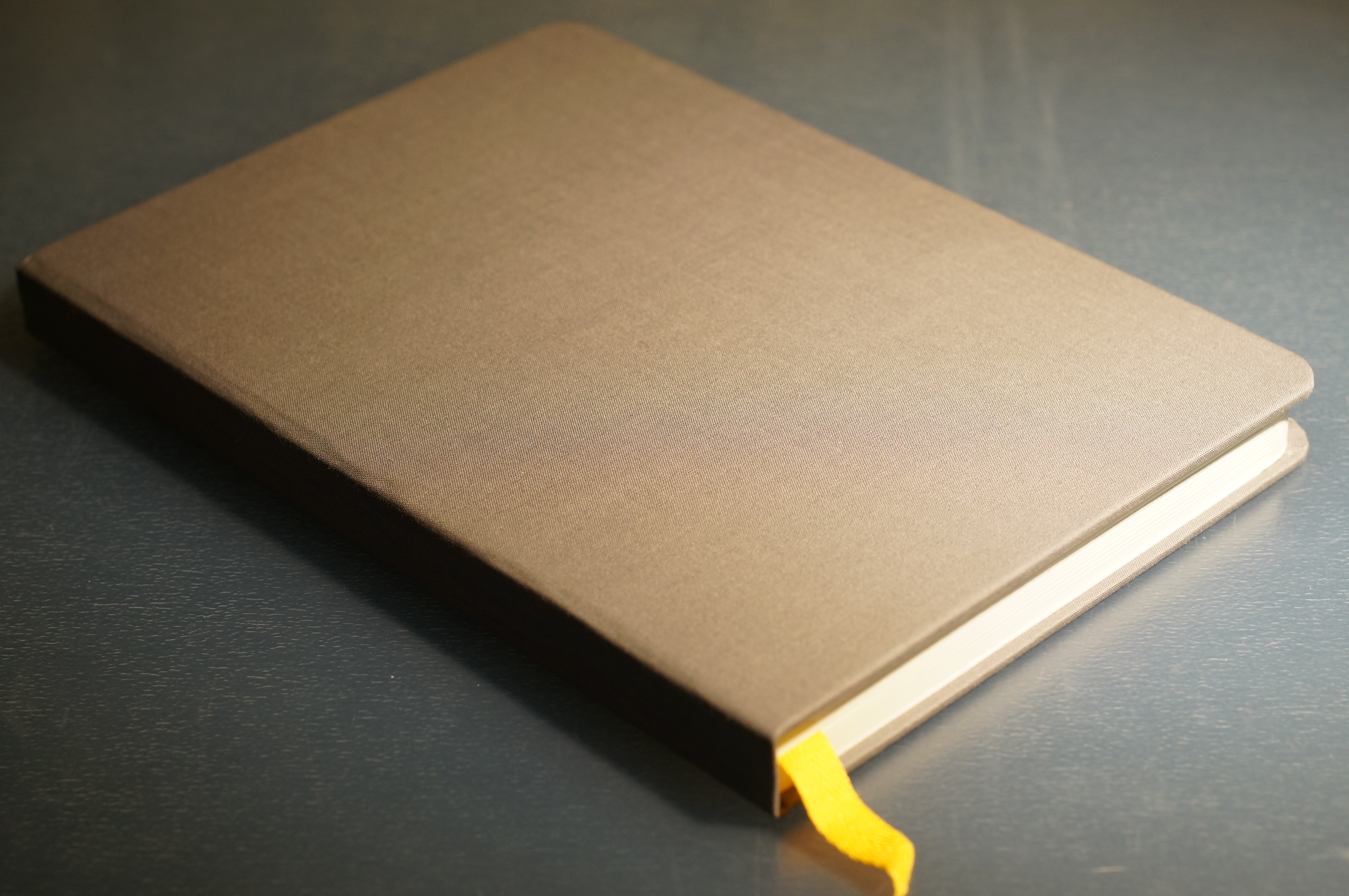
Baron Fig takes itself pretty seriously. Fortunately, the product largely lives up to the lyricism of the website. It makes a great first impression: each notebook comes in a solid, form-fitting box. Unlike most other notebooks, the cover is cloth — it feels like linen. The only downside is that opening out the spine causes the cloth to crinkle, which is unsightly.
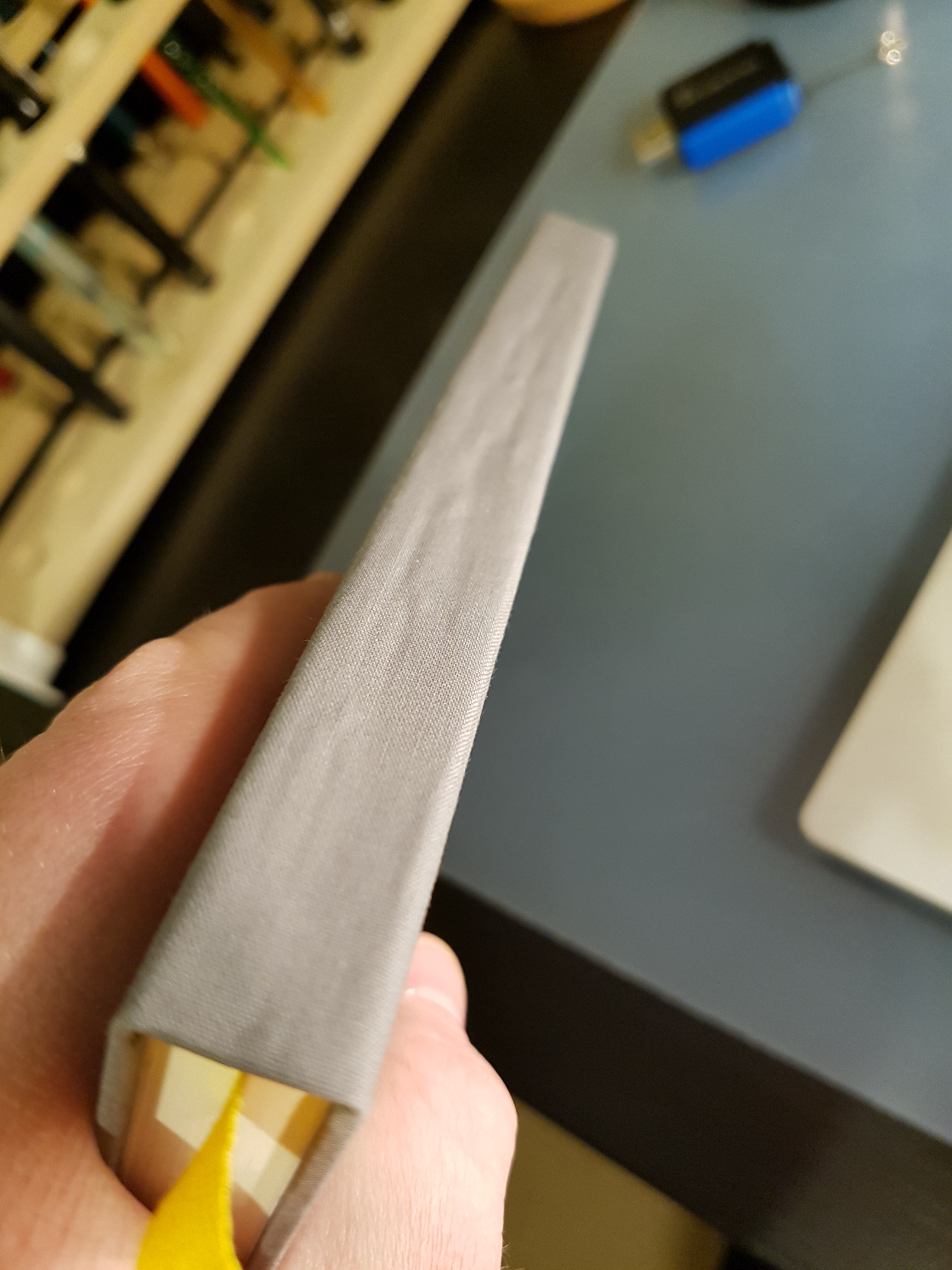
Instead of lots of colour options, you get an understated mid grey with a canary-yellow bookmark (some people have complained about the bookmark fraying; mine seems to be sealed).
The dimensions are smaller than the other notebooks on test here — giving more of a “little black book” impression. It’s positively dwarfed by the Dingbats.
I like the paper, which is cream and with a pale dot grid, and offers a healthy 192 pages. As with the Leuchtturm, it’s got some tooth.
Unfortunately, there’s little else to mark the Confidant out. No elastic closure, back pocket, page numbers or other features — just the bookmark. That may or may not matter to you. Personally, the elastic closure is essential, but I never use the back pocket.
For US buyers, the $18 price is pretty good, especially since Baron Fig is a small, new company that’s doing interesting things with some of its special editions. For two Confidants, shipped internationally, I paid $42, and luckily dodged customs. That puts each Confidant at just under £18, which compares poorly to some of its rivals.
Taroko Designs Enigma
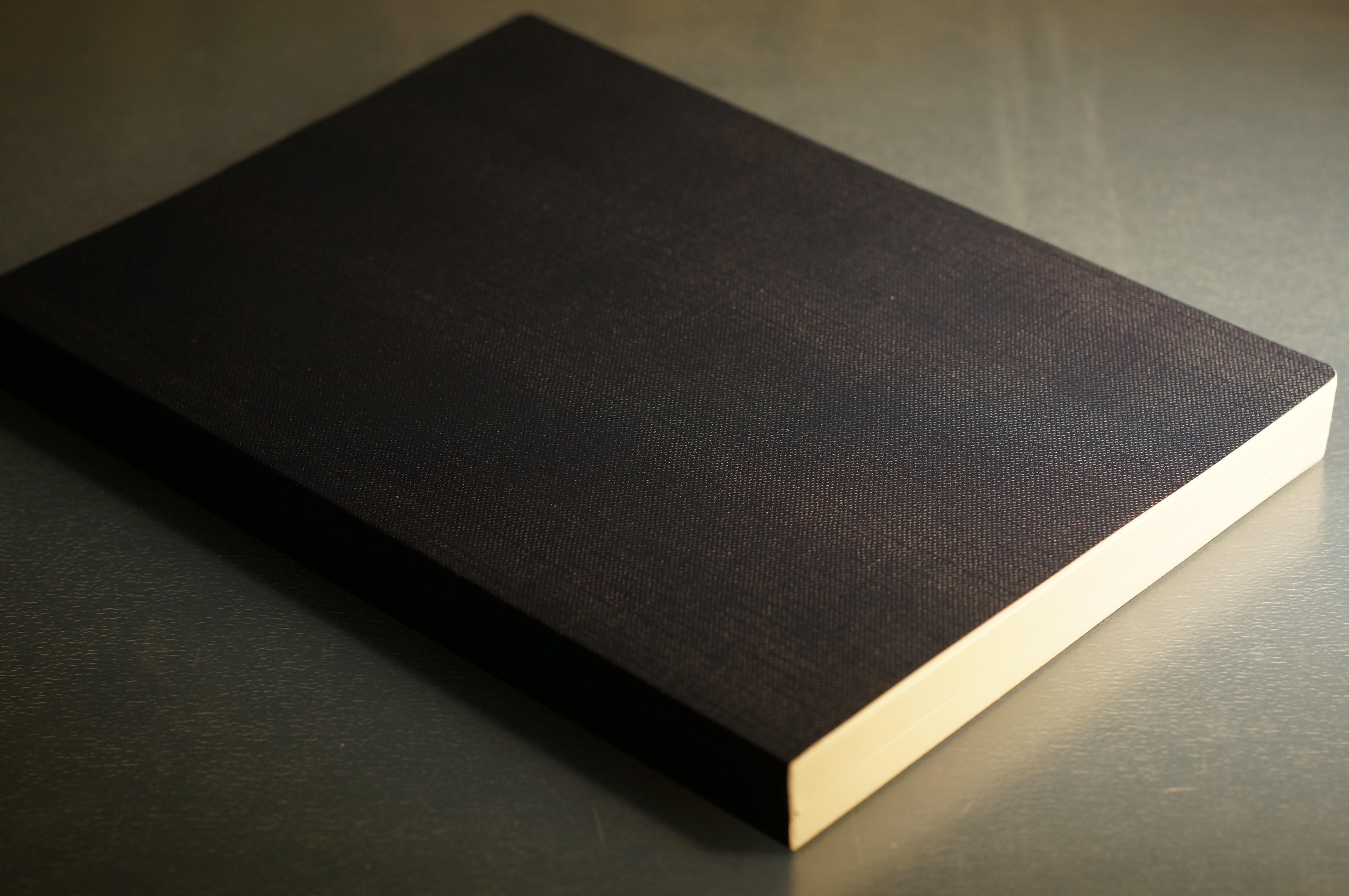
The Enigma (mine’s the v2 version) is the outlier in this pack. It’s much more expensive than any other notebook here ($40) and has twice as many pages (384). It’s got no bookmark, no large protective cover, no elastic closure, no nothing — like a Hobonichi, you’re supposed to put it in a cover. Just some slightly rounded corners, and a shitload of amazing cream 68g Tomoe River paper in 5mm dot, with helpful index pages at the start, plus calendar pages at the back. This is basically for people who want a Hobonichi but don’t like planner designers telling them what to do.
I confess I’ve been too scared to start writing in the Enigma yet — it’s too perfect. But I know Tomoe paper intimately, and I’ve worked through several Taroko pocket notebooks. For me, it’s the best paper in the world, and that’s a tough bar for other notebooks to reach.
Is it a good buy for a beater notebook for work? Probably not. For a journal or commonplace book at home? Definitely, yes. If you want it, you have to order it from Etsy. Show some commitment, man.
0 Comments
5 Pingbacks